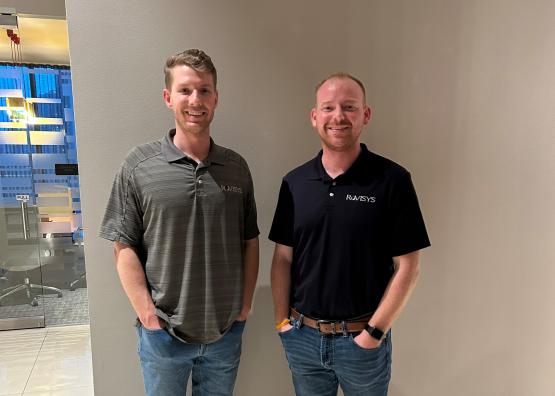Russ College of Engineering and Technology
Experience makes the best building blocks.
At the Russ College of Engineering and Technology, we understand that the workforce prefers professionals who are custom-tailored, never mass-produced. In addition to honing your technical skills, we focus on the fact that soft skills are some of the strongest materials you can work with. Using real-world problems, we give you the hands-on experience you need to get the job you want right after graduation. Above all, you will learn that what you create today can change you—and society—forever.
97% Job Placement
Our dedicated career staff provides personalized coaching and invaluable networking opportunities.
4 Years to Graduation
Undergraduates can finish in four years, including valuable hands-on internship experiences.
100% Engagement
Every undergraduate student participates in experiential learning activities, such as competitions and research.
Patrick Fox named dean of the Russ College of Engineering and Technology
Ohio University Executive Vice President and Provost Dr. Elizabeth Sayrs has named Dr. Patrick Fox as dean of the Russ College of Engineering and Technology. Read more about Dr. Fox.
We prepare our students for the jobs of the future.
Intel awarded Ohio University $3 million in grant funding to serve as the lead institution for the Appalachian Semiconductor Education and Technical (ASCENT) Ecosystem, a program that will create an inclusive workforce development and training program to cultivate the next generation of skilled technical professionals for Ohio’s emerging semiconductor industry.
Russ College News
Russ College Events
There are no events to show at this time.
Connect with Us
Follow us, tag us in your posts and be sure to use #ForeverOHIO!





